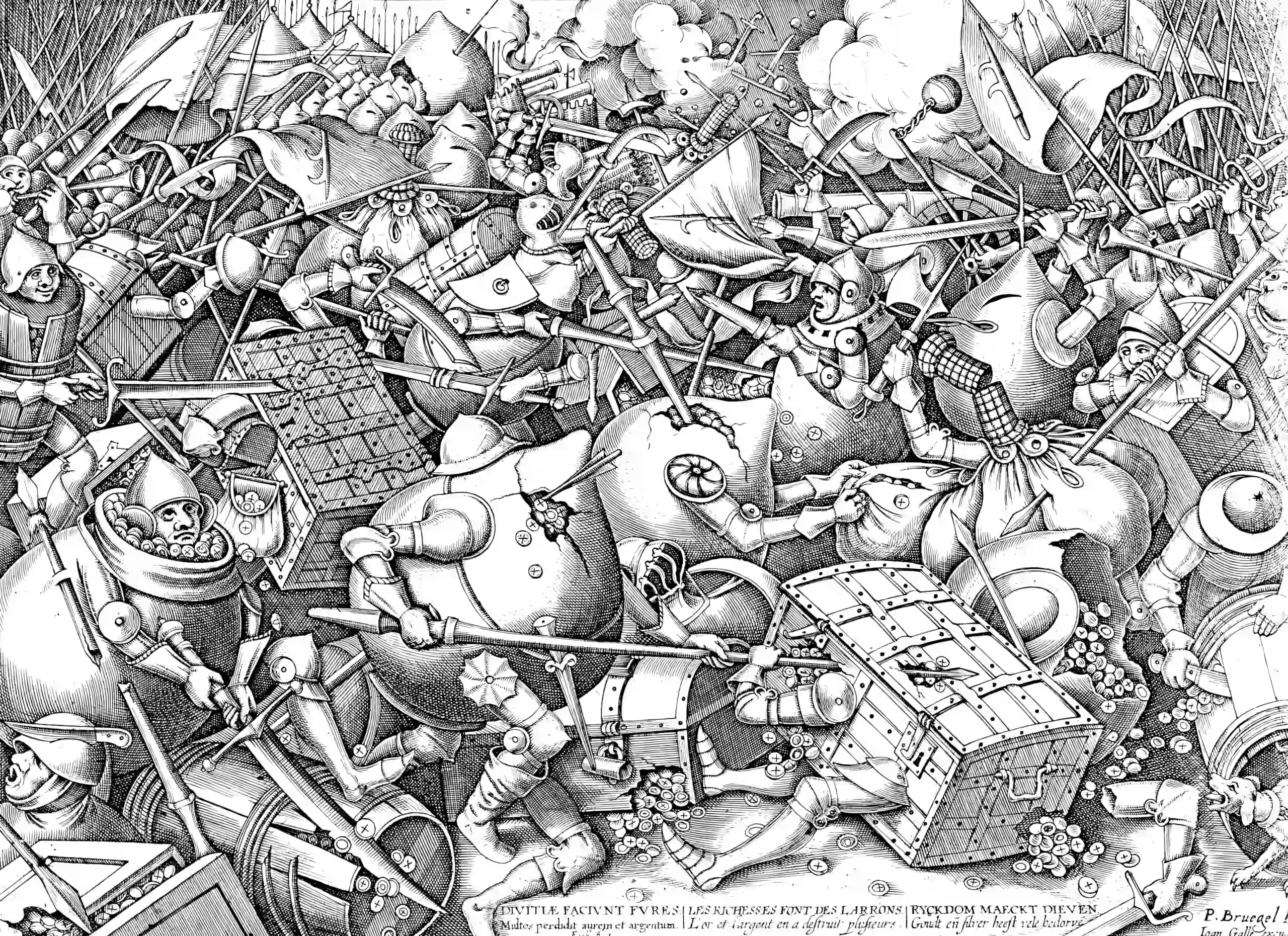Player vs game
December 17, 2018 — July 26, 2022
adaptive
collective knowledge
economics
evolution
faster pussycat
game theory
incentive mechanisms
institutions
networks
social graph
sociology
Suspiciously similar content
The most primitive exemplar of why we care about mechanism design: Blaming the player versus changing the game.
1 Bad games
2 Changing games
Throwing the hand we were dealt back in to the face of the dealer.
3 Incoming
4 References
Back, Back, and Bates. 1991. Assertiveness at Work: A Practical Guide to Handling Awkward Situations.
Easley, and Kleinberg. 2010. Networks, Crowds, and Markets: Reasoning about a Highly Connected World.
Helbing, Johansson, and Al-Abideen. 2007. “The Dynamics of Crowd Disasters: An Empirical Study.” Physical Review E.
Helbing, and Mukerji. 2012. “Crowd Disasters as Systemic Failures: Analysis of the Love Parade Disaster.” EPJ Data Science.
Johansson, Helbing, Al-Abideen, et al. 2008. “From Crowd Dynamics to Crowd Safety: A Video-Based Analysis.” Advances in Complex Systems.
Moussaïd, Helbing, and Theraulaz. 2011. “How Simple Rules Determine Pedestrian Behavior and Crowd Disasters.” Proceedings of the National Academy of Sciences.
Ury, and Fisher. 2012. Getting to Yes: Negotiating an agreement without giving in.

